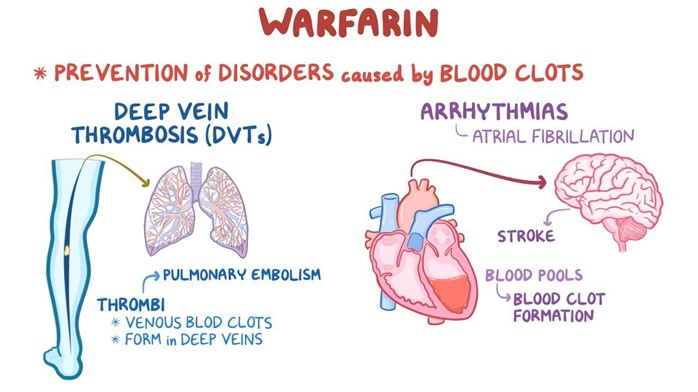When conducting an admission assessment, the nurse notes that an adult female client has developed two new allergies since her last admission. The client describes herself as lactose intolerant and states that she is unable to eat eggs. Which intervention(s) should the nurse implement? (Select all that apply.)
Apply an allergy identification wrist band.
Instruct the client to avoid medication containing milk and eggs.
Enter allergy information in the client's electronic medical record.
Ensure the client's selections from her dietary menu.
Notify the dietary department of the client's egg intolerance.
Correct Answer : A,C,D,E
Choice A: Applying an allergy identification wrist band is an intervention that the nurse should implement, as this can alert other health care providers of the client's allergies and prevent adverse reactions. Therefore, this is a correct choice.
Choice B: Instructing the client to avoid medication containing milk and eggs is not an intervention that the nurse should implement, as this is not a common or relevant source of allergens for this client. This is an incorrect choice.
Choice C: Entering allergy information in the client's electronic medical record is an intervention that the nurse should implement, as this can ensure accurate and updated documentation of the client's allergies and facilitate communication among health care providers. Therefore, this is another correct choice.
Choice D: Ensuring the client's selections from her dietary menu is an intervention that the nurse should implement, as this can help avoid foods that may trigger allergic reactions or intolerance for this client. Therefore, this is another correct choice.
Choice E: Notifying the dietary department of the client's egg intolerance is an intervention that the nurse should implement, as this can help modify or substitute foods that contain eggs for this client. Therefore, this is another correct choice.
Nursing Test Bank
Naxlex Comprehensive Predictor Exams
Related Questions
Correct Answer is C
Explanation
Choice A reason: Increasing the intake of dark green leafy vegetables while taking warfarin is not a good instruction because it can decrease the effectiveness of warfarin. Dark green leafy vegetables are rich in vitamin K, which is a coagulation factor that counteracts the anticoagulant effect of warfarin.
Choice B reason: Eating two servings of dark green leafy vegetables daily and continuing for 30 days after warfarin therapy is completed is not a good instruction because it can cause bleeding complications. Dark green leafy vegetables are rich in vitamin K, which is a coagulation factor that counteracts the anticoagulant effect of warfarin. Stopping warfarin while continuing to eat high amounts of vitamin K can increase the risk of clot formation and thromboembolism.
Choice D reason: Avoiding eating any foods that contain any vitamin K because it is an antagonist of warfarin is not a good instruction because it can cause bleeding complications. Dark green leafy vegetables are rich in vitamin K, which is a coagulation factor that counteracts the anticoagulant effect of warfarin. Eliminating vitamin K from the diet can increase the sensitivity to warfarin and cause excessive bleeding and bruising.

Correct Answer is C
Explanation
Choice A: 18%. This is not the correct percentage, as it only accounts for one lower extremity. According to the rule of nines, each lower extremity accounts for 9% of body surface area on both anterior and posterior sides, so both lower extremities would account for 18% x 2 = 36%.
Choice B: 27%. This is not the correct percentage, as it only accounts for one and a half lower extremities. According to the rule of nines, each lower extremity accounts for 9% of body surface area on both anterior and posterior sides, so one and a half lower extremities would account for 9% x 3 = 27%.
Choice C: 36%. This is the correct percentage, as it accounts for both lower extremities. According to the rule of nines, each lower extremity accounts for 9% of body surface area on both anterior and posterior sides, so both lower extremities would account for 9% x 4 = 36%.
Choice D: 45%. This is not the correct percentage, as it accounts for more than both lower extremities. According to the rule of nines, each lower extremity accounts for 9% of body surface area on both anterior and posterior sides, so more than both lower extremities would account for more than 9% x 4 = 36%.
Whether you are a student looking to ace your exams or a practicing nurse seeking to enhance your expertise , our nursing education contents will empower you with the confidence and competence to make a difference in the lives of patients and become a respected leader in the healthcare field.
Visit Naxlex, invest in your future and unlock endless possibilities with our unparalleled nursing education contents today
Report Wrong Answer on the Current Question
Do you disagree with the answer? If yes, what is your expected answer? Explain.
Kindly be descriptive with the issue you are facing.
